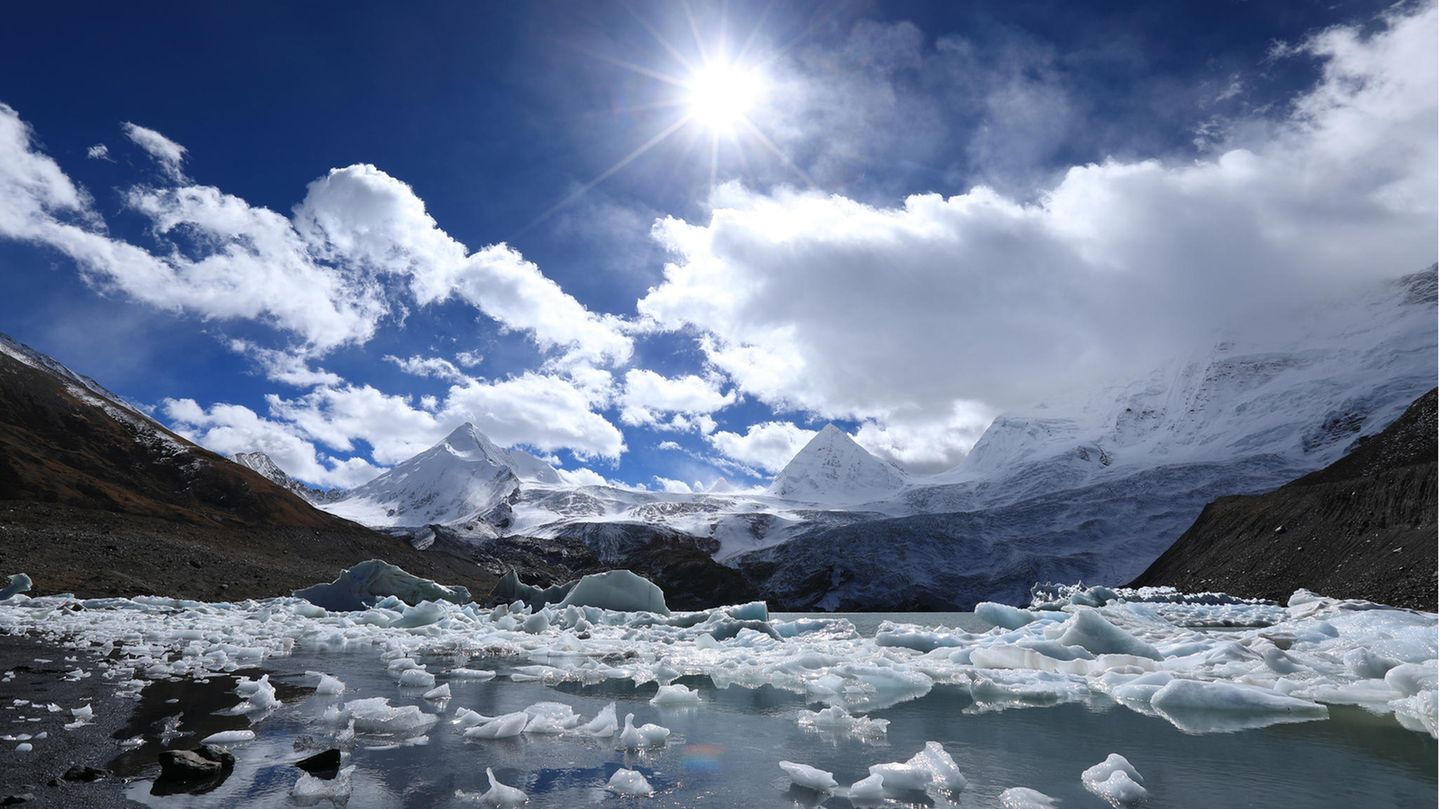Rain at the push of a button and highways for clouds: Beijing wants to master the challenges of climate change with new technology. The system should be ready in 2025.
The weather also has to bow to the party’s will. Beijing demonstrated this back in 2008 at the Olympic Games. At that time, clouds were vaccinated as a precaution, so that they rained down before the start of the event and could be celebrated during the opening ceremony without disturbing moisture. This inoculation brings substances into the clouds, around which fluid accumulates. Countless micro-nuclei with a high concentration of moisture form in the cloud until it finally begins to rain or snow.
Now Beijing has bigger things in mind, namely a kind of “weather according to a five-year plan”. The zone of the system is expected to cover 5.5 million square kilometers. That would be a bar 1000 kilometers wide and 5500 kilometers long. The Federal Republic does not measure 360,000 square kilometers – the zone is 15 times as large. Here the rain should set in in a controlled manner. Hail should also be prevented on a smaller area of 580,000 square kilometers.
Over the past ten years, Beijing has invested billions in changing the weather, and 35,000 people are already working on the program. The announced expansion should go into operation as early as 2025. The aim of the program is to put an end to natural disasters associated with rainfall, to provide agriculture with an optimal supply of water and to revitalize ecosystems in the dry north of China.
Cloud transport
The new program goes far beyond simply tapping into clouds. Chinese scientists want to direct streams of clouds, the program is called “Taming the Sky”. This can be done by manipulating the ascent of the humid air masses over areas in which clouds are forming and thus skillfully directing them into the desired currents. Much like a hot air balloon can influence its route to a limited extent. Chinese scientists have found canals on the edge of the troposphere that could carry five billion cubic meters of water annually. That would be the new cloud highways.
Where is the water missing?
This point in particular is controversial. Clouds set in motion to irrigate China’s fields no longer follow their natural path. There are fears that these amounts of water will be withdrawn from neighboring India. Conflicts in the sky would then arise, as we know them when large rivers are dammed up in order to take water in one country, which is then missing in the next country downstream. Beijing’s eyes are on the Tibet Plateau, Asia’s largest freshwater reserve. Chinese scientists are also working on a plan to divert water vapor from the Yangtze River to the north.
Technology against climate change
Apart from the political components, the large-scale weather modification is one of the attempts to use technical means to alleviate the consequences of climate change or to get them under control. For example, there is the theory that autonomous ships could artificially create clouds in order to dampen the warming of the planet (“Crazy plan or brilliant vision? Can cloud ships stop climate change?”). For large states such as Russia – over 17 million square kilometers – and China – almost 10 million square kilometers – the possibilities offered by technology are particularly attractive.
David William is a talented author who has made a name for himself in the world of writing. He is a professional author who writes on a wide range of topics, from general interest to opinion news. David is currently working as a writer at 24 hours worlds where he brings his unique perspective and in-depth research to his articles, making them both informative and engaging.




